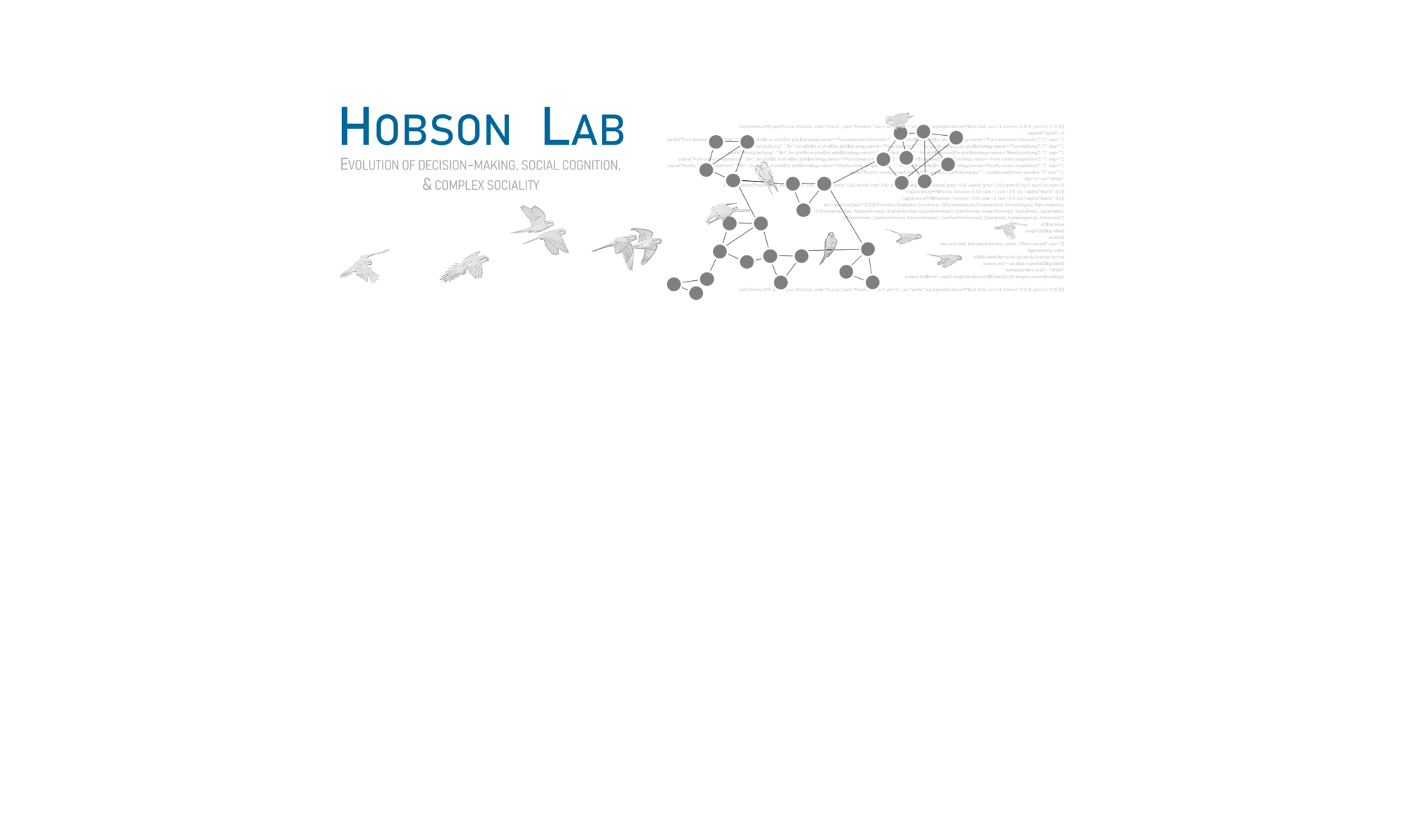I participated in a working group at SFI on cumulative culture. I also gave a talk where I discussed the potential for the seeds of cumulative culture to emerge from animal and human interaction rules.
Overview of the working group (from SFI’s coverage here):
Working group seeks definition
Throughout human evolutionary history, individuals have developed new ideas, materials, and technologies, then passed them on to other individuals and groups. Over time, cultural elements grow more complex; Our earliest permanent writing systems began as etchings in rock before the advent of papyrus and paper, which came before the invention of the printing press. Now, much of our writing happens on computers.
The phenomenon of cumulative cultural evolution — essentially, the transmission of, and innovation upon, an idea or good over time — is a hot topic among cognitive anthropologists, computational cognitive scientists, philosophers of biology and others, but there exists no consistent working definition.
A working group meeting May 29-31 intends to sort through the various ways to describe cumulative cultural evolution. They hope to develop either a singular working definition or a rubric to distinguish different types of cumulative culture.
“In the literature, people really do think about it in different ways,” says SFI Omidyar Fellow Vanessa Ferdinand, who is co-leading the meeting. One approach is to focus on the accumulation of things. “Our public domain as humans is huge. The amount of our material culture is just wild.”
Another approach is to focus on the unique ways cultural elements can be recombined. “It could be the interactions among that large number of things that kicks it into a new regime of complexity,” says Ferdinand.
Ferdinand, a cognitive scientist, defines culture as “anything that replicates by passing through a cognitive system.” And her favorite definition of cumulative culture is “something that no individual could have produced on their own.”
“I think that is the most compelling definition. But we don’t know what aspects of human culture are really cumulative. Is a button? That probably evolved several times,” says Ferdinand. “No one has gone through to expressly lay out what is cumulative and what is not.”
The group will also search for process-level definitions that can describe how cumulative cultural evolution happens — how a ratchet effect means continual improvement across generations with no or little backsliding; the cognitive processes that allow for high-fidelity imitation; and how cumulative cultural evolution is different from other forms of human cultural inheritance and simple adaptive evolution.
Read more about the cumulative cultural evolution working group.





